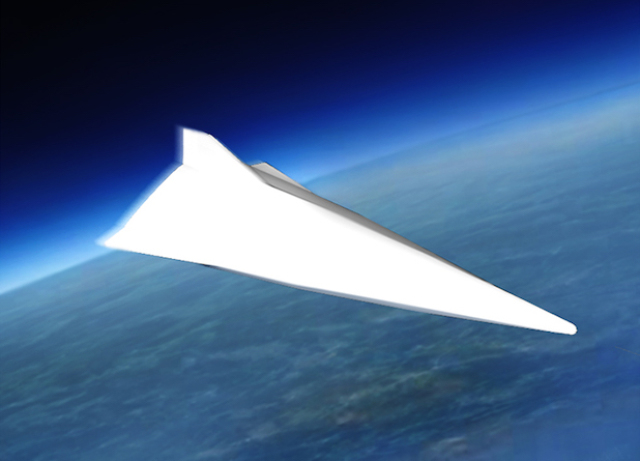Da Fei and his colleagues from the People's Liberation Army Air Force of China have proposed a way to land a hypersonic UAV, writes the South China Morning Post. To quickly calculate the trajectory of its descent, it is necessary not to increase the power of the on-board computer, but to give it the opportunity to choose between several possible scenarios.
Most projects of hypersonic aircraft involve the development of rockets and gliders that are not intended for reusable use. But there are exceptions. For example, Lockheed Martin and Boeing were engaged in the development of a hypersonic drone a few years ago, and the startup Hermeus in August signed a contract with the US Air Force to create a hypersonic unmanned aircraft.
It is difficult to calculate the descent trajectory of a hypersonic aircraft, because the on-board computer needs to do this in a very short time. In addition, it is impossible to restart the hypersonic engine after switching off, which further complicates the situation.
Da Fei and his colleagues from the Chinese People's Liberation Army Air Force proposed how to land a hypersonic aircraft, using the example of a hypersonic drone. The existence of the latter became known thanks to their publication. It is not specified whether the hypersonic drone is under development or in operation. The Chinese military has a Wuzhen 8 reconnaissance drone that participated in a military parade in Beijing two years ago. It is assumed that it can fly at a speed higher than sound. But whether it is capable of hypersonic flights, and whether we are talking about it, is unknown.
Chinese experts believe that the on-board computer will not be able to calculate the landing course quickly enough. Therefore, it should choose one of three models of trajectory reduction based on data on changing atmospheric pressure and altitude. Usually on-board computers calculate only one such model.
To slow down the vehicle sufficiently before landing, it is necessary to turn off its engine in advance. According to Da Fei and colleagues, at a speed of five Mach and an altitude of 30 kilometers, the aircraft will have to fly more than 200 kilometers before it can touch the runway.
To test hypersonic aircraft, China is building a wind tunnel that can simulate a maximum speed of up to 10 kilometers per second or 30 times the speed of sound. Earlier we wrote that it is planned to finish it next year.
Vasilisa Chernyavtseva

